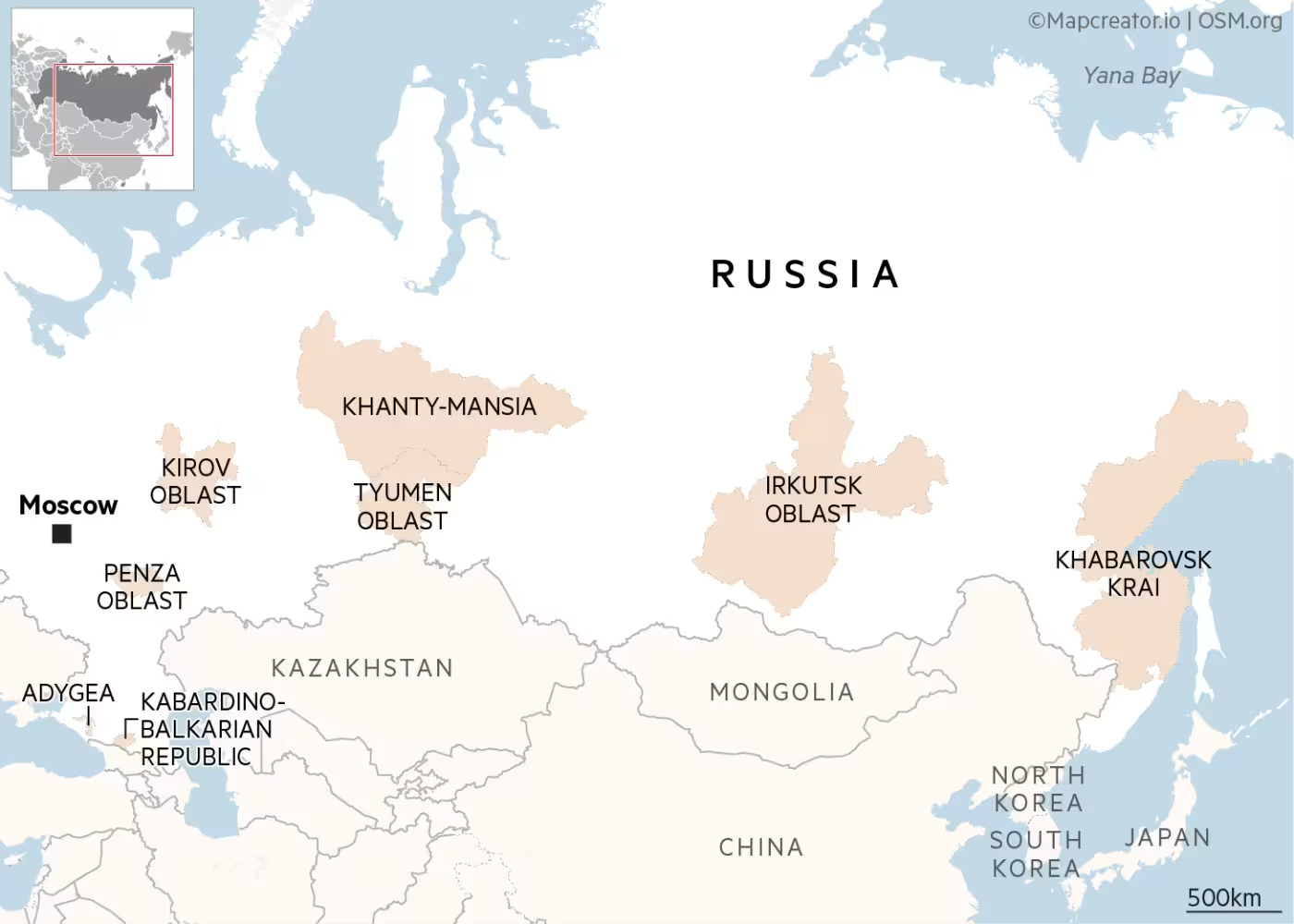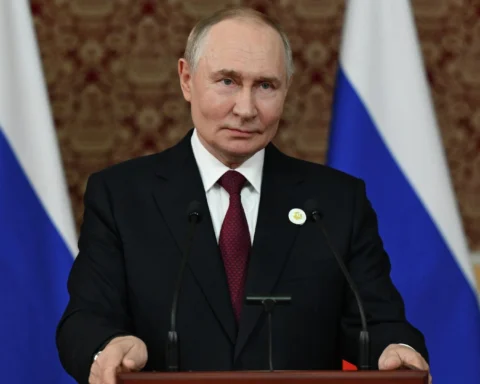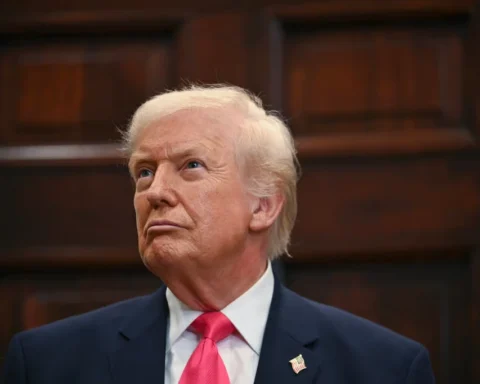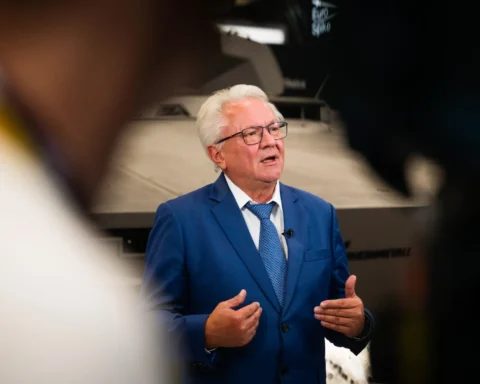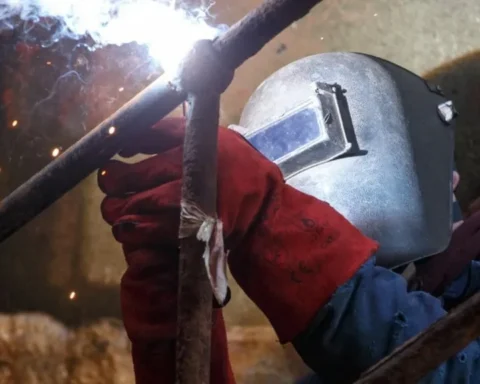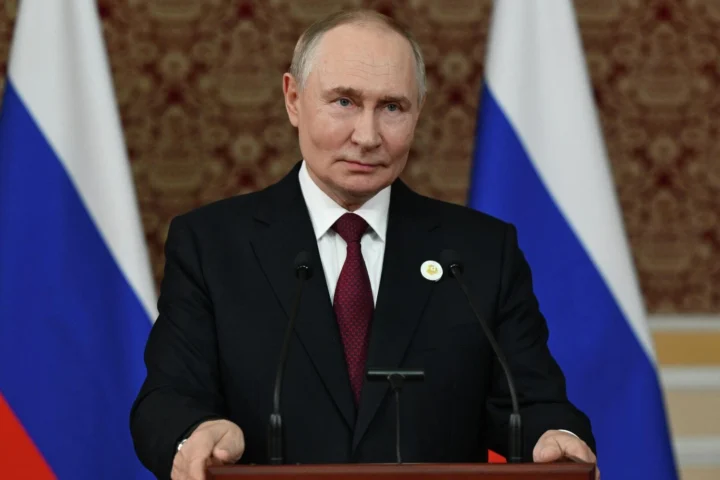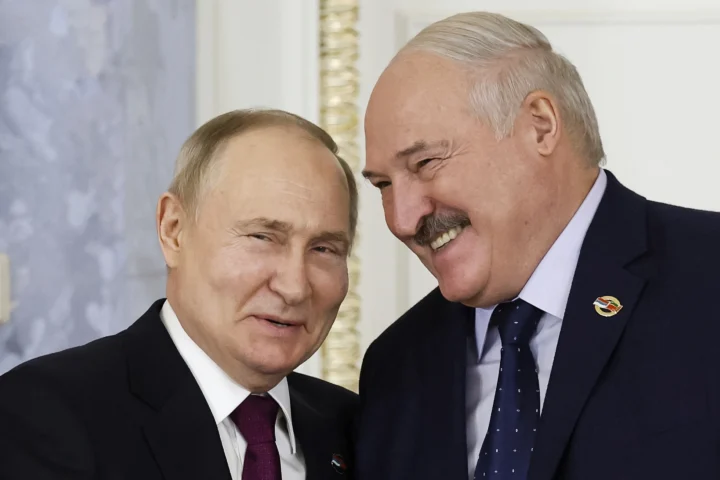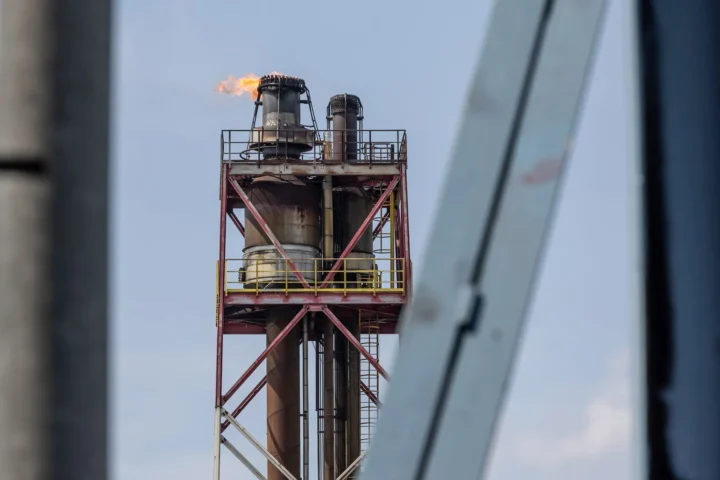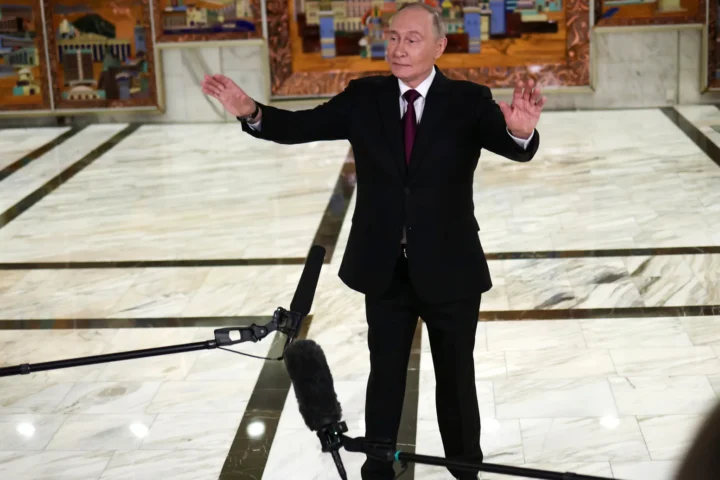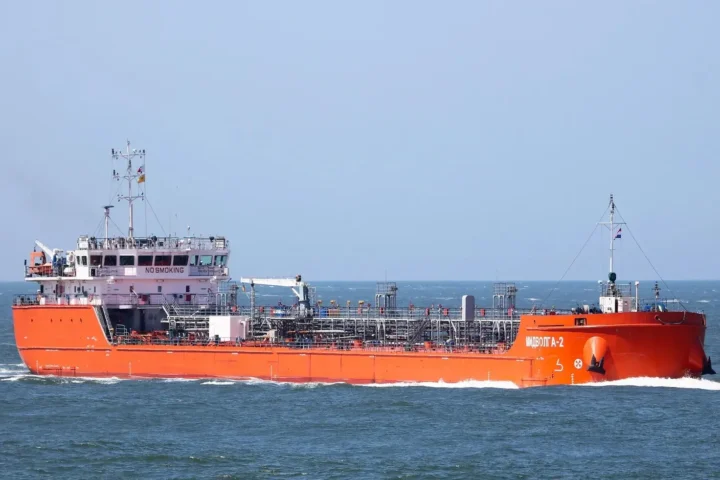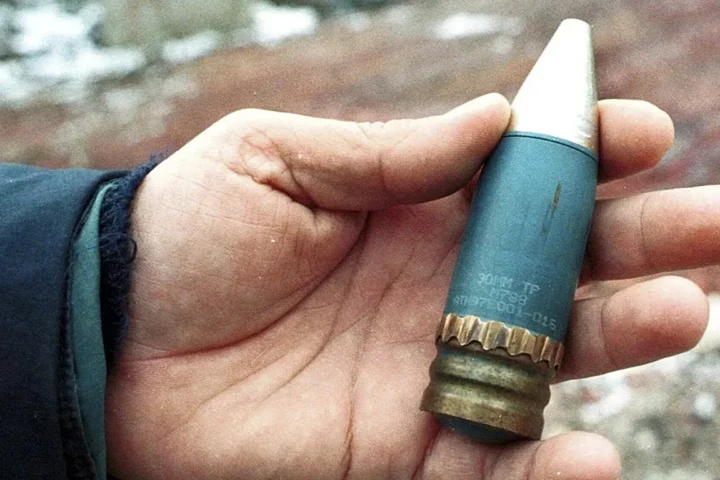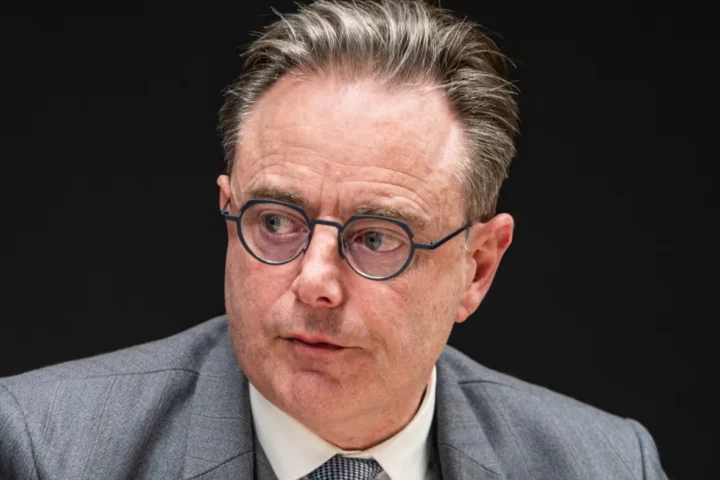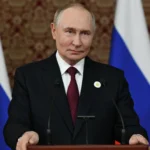As Western sanctions aim to restrain Russia’s economic growth, a different transformation is unfolding within the country: some of its poorest regions are experiencing an unprecedented economic boost, largely fueled by the ongoing war in Ukraine. Russia’s so-called “Rust Belt” — historically depressed industrial zones — is witnessing a surge of new supermarkets, restaurants, gyms, and beauty salons, all emerging as part of a booming war-driven economy.
“In a way, the war is a great equalizer,” said Janis Kluge, an economist at the German Institute for International and Security Affairs. “It provides a lot of money to people who otherwise have very limited prospects — those with little education, living in economically struggling areas.”
The War Economy as an Engine of Growth
Since the start of Russia’s invasion of Ukraine in 2022, the government has funneled massive resources into military production. This has created high-paying jobs in defense factories, primarily located in impoverished industrial towns. Soldiers and contract fighters — most of whom are recruited from poor areas — receive lucrative sign-on bonuses, while their families are compensated in the event of their deaths.
Government contracts for weapons, uniforms, and army supplies have significantly stimulated consumer spending in previously underdeveloped areas. According to The Financial Times, Russian retailers are aggressively expanding into these regions — a trend that stands in stark contrast to the expected economic stagnation due to sanctions and soaring interest rates.
A New Life for Forgotten Towns
Retail giants such as the supermarket chain Pyaterochka, fast food brand Rostik’s, and electronics retailer M.Video-Eldorado are opening stores in towns with fewer than 100,000 residents. In 2024 alone, M.Video-Eldorado opened 100 new stores across 25 cities, including Kachkanar, Solikamsk, and Volzhsk.
Unemployment in Russia dropped from 4.3% in 2021 to just 2.4% in the winter of 2024 — thanks to state investment in both the defense sector and supporting industries producing food, clothing, and fuel for the army.
In Mari El, a central Russian republic, new army recruits are offered sign-up bonuses of 3 million rubles ($35,600), more than triple the region’s annual average salary. According to Rosstat, nominal incomes in Mari El rose by nearly 80% between 2021 and 2024, compared to a 60% increase in Moscow over the same period.
People Start Spending
This financial uplift is visible in daily life. “The military receives massive payouts, so people who never dreamed of buying an expensive smartphone can now do so easily,” said Sergei Polovnikov, head of the Russian analytical firm Content Review.
A resident of Cheboksary told that his city had changed significantly: “You can now spend half an hour in line for takeaway coffee. In some better restaurants, you need to book a table a week in advance — that definitely never used to happen here.”
He added: “I earn a decent income, but I still can’t afford an apartment or a car, so I spend money on better-quality groceries and eat out more often.”
In the nearby town of Shumerlya, with a population under 30,000, beauty salons are booming. “Now nearly every woman goes to get her nails done. We have more nail technicians and places offering cosmetic procedures and even basic injections,” one local woman said.
“We even got a private dog grooming service in our town — that’s a real sign of change.”
A New Geography of Consumption
Gyms are also expanding beyond Russia’s major cities. Spirit Fitness, where monthly memberships cost up to $70, opened a branch in Chelyabinsk last year. “People now have money they can spend on themselves,” said Mikhail Rychagov from the Russian Shopping Center Association. “They’re willing to pay more to stay healthy, and the growth of the fitness industry shows that.”
Families of fallen soldiers are another source of increased spending power. One widow shared on Instagram that she bought property in Vladivostok with the compensation she received for her husband’s death. “What’s the price of a life? 12 million rubles,” she wrote — roughly $140,000.
But Will It Last?
Laura Solanko of the Bank of Finland’s Institute for Transition Economies warned that soldier incomes may be the first to vanish once the war ends. Still, she believes some shifts in Russia’s regional economy may prove longer-lasting.
“Regions benefiting from changes in foreign trade geography won’t disappear overnight,” she told. “Nor will those that saw increased industrial and military production — Russia will need to rearm for many more years.”
Russia’s war economy has ignited a temporary economic revival in its poorest regions, transforming them into unexpected centers of consumer activity. But the question remains: will this momentum lead to sustainable development, or will it vanish as the war fades?
This article was prepared based on materials published by The Financial Times. The author does not claim authorship of the original text but presents their interpretation of the content for informational purposes.
The original article can be found at the following link: The Financial Times.
All rights to the original text belong to The Financial Times.


